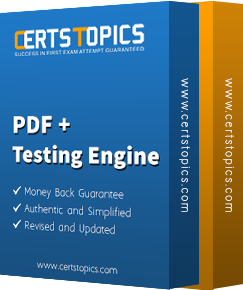Snowflake Related Exams
ARA-C01 Exam







A table, EMP_ TBL has three records as shown:

The following variables are set for the session:

Which SELECT statements will retrieve all three records? (Select TWO).
The IT Security team has identified that there is an ongoing credential stuffing attack on many of their organization’s system.
What is the BEST way to find recent and ongoing login attempts to Snowflake?
What are purposes for creating a storage integration? (Choose three.)